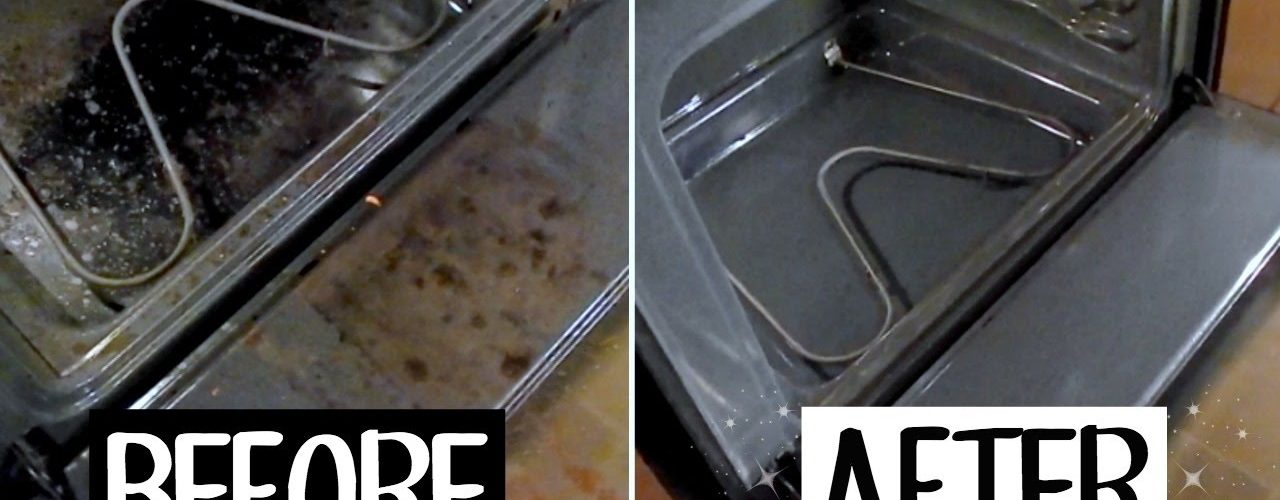In the 1950s, cleaning the oven was possibly the most dreaded household chore imaginable. Hours and hours of hard work were needed to keep the oven in acceptible operating condition. Today, the importance of a clean oven is just as significant, but the work required has been dramatically reduced by technical innovations and advancements in cleaning products. You can follow these simple tips to keep your oven clean and your family safe and healthy.
Contents
Preemptive Strategies:
Perhaps the most important strategy in keeping an oven clean is performing simple tasks to prevent heavy duty messes from accumulating in your oven. When preparing to cook a dish that may overflow or spill, be sure to line the bottom rack of your oven with aluminum foil. Keep the foil from contacting the metal heating component and be sure to cover the entire potential spill zone. A suggested alternative is lining a cookie sheet with aluminum foil and placing this below the dish being cooked. The lined cookie sheet will catch the spill, and the aluminum foil can be discarded. If spills do occur, wipe the spill up immediately after the oven has cooled. Baked on messes are harder to clean up than fresh ones.
Self Cleaning Ovens:
Many ovens today are equipped with self-cleaning components. This technology substantially reduces the effort required in general oven cleaning. An oven’s self-cleaning mode heats the oven to very high temperatures, essentially burning spilled food into ash, making it easy to scrape up and throw away. Before beginning your oven’s self-cleaning cycle, remove the racks from your oven. These racks are not designed to withstand such intense heat and should be cleaned by hand with a mild dish detergent. Set your oven cycle to run overnight, as it often takes up to six hours to complete, and by morning you can simply scrape or wipe up the residue. Be sure to maintain adequate room ventilation during cleaning, as some ovens will slightly smoke or produce fumes during this process.
Continuous Cleaning Ovens:
Ovens with continuous cleaning technology are coated with a special chemical that prevents food from hardening, even at low temperatures. These ovens simply need to be wiped clean after a normal cooking cycle. Avoid using abrasive scrub brushes, as these will scratch away the protective coating of the continuous cleaning ovens. As with all ovens, regular cleaning will ensure the best results with this type of oven.
The Old Fashioned Way:
If your oven is not equipped with self-cleaning or continuous cleaning technologies, the effort required to clean your oven will increase, but you will still be done before the 1950′s housewife. Advanced oven cleaning chemicals have dramatically shortened the time and work required to remove tough, burnt-on stains. Open windows and doors before beginning, as these chemicals may produce potentially harmful fumes. Following the directions on the chemical’s packaging, apply the product liberally to the inside of the oven. After waiting for the specified amount of time, scrub the oven gently but firmly until the walls of your oven are smooth and clean. Remember to wipe all of the chemical residue away with a clean, moist rag. Food and oven chemicals are foes, not friends.
Don’t Forget:
When cleaning your oven, don’t forget to thoroughly wipe down the door and glass viewing pane. This glass can be cleaned just as you would a window or glass tabletop. Use a mild glass cleaner and wipe all grease and food away until the glass is clear.
Keeping your oven clean will provide you with better tasting food, more efficient cooking, and healthier friends and family.
<>



